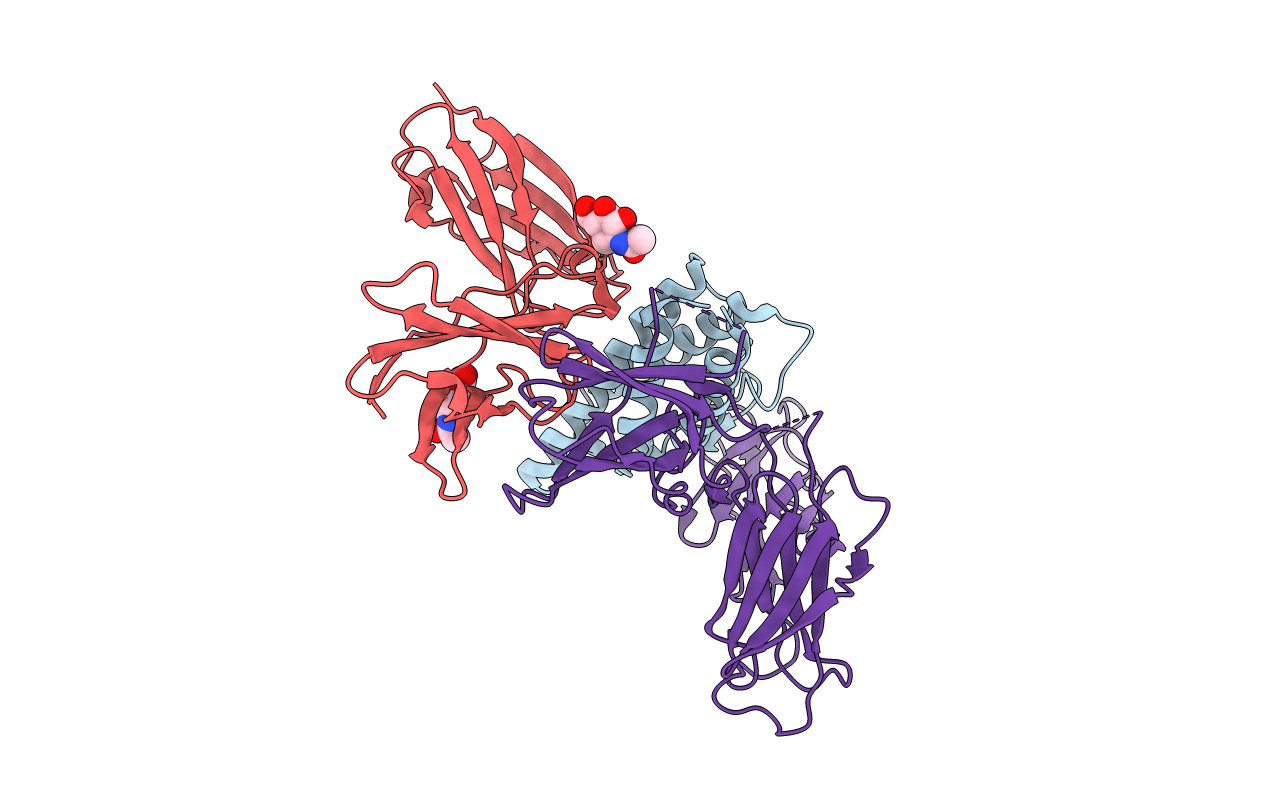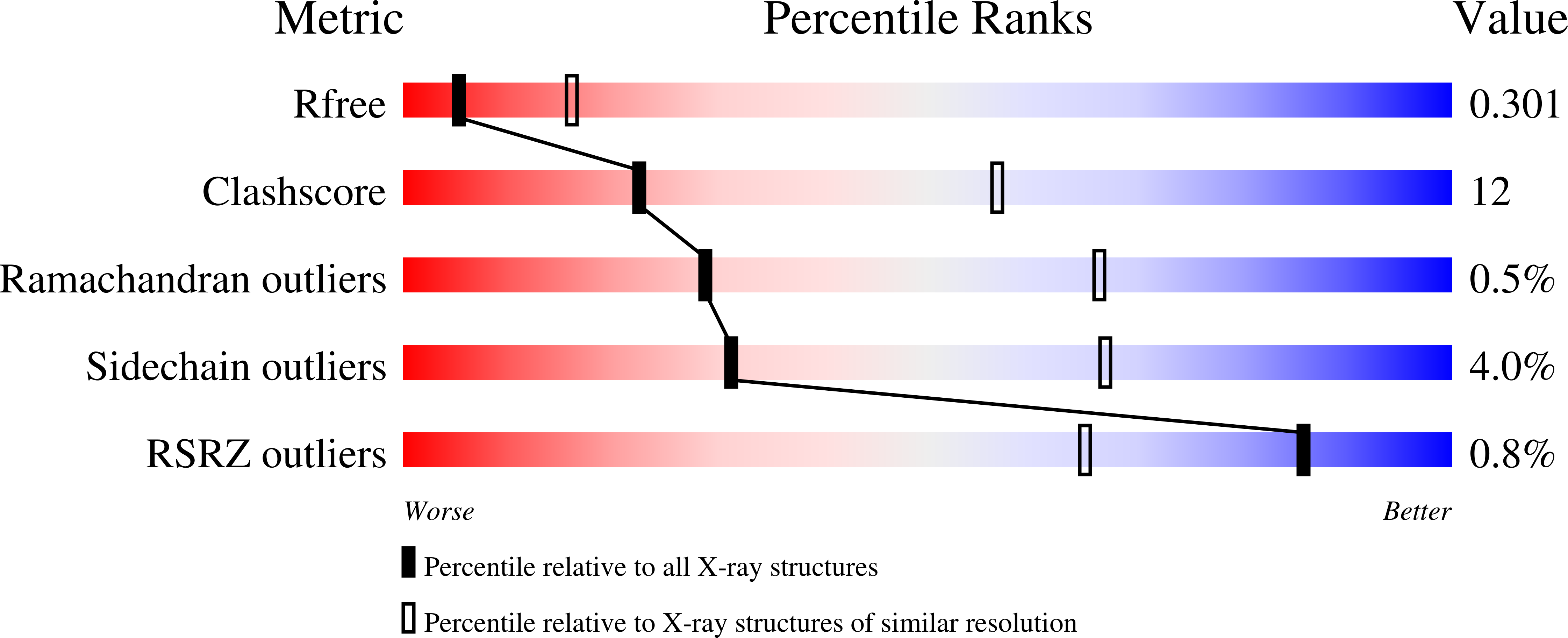
Deposition Date
2007-12-18
Release Date
2008-02-05
Last Version Date
2024-11-13
Entry Detail
PDB ID:
3BPN
Keywords:
Title:
Crystal structure of the IL4-IL4R-IL13Ra ternary complex
Biological Source:
Source Organism:
Homo sapiens (Taxon ID: 9606)
Host Organism:
Method Details:
Experimental Method:
Resolution:
3.02 Å
R-Value Free:
0.30
R-Value Work:
0.23
R-Value Observed:
0.23
Space Group:
P 1 21 1


